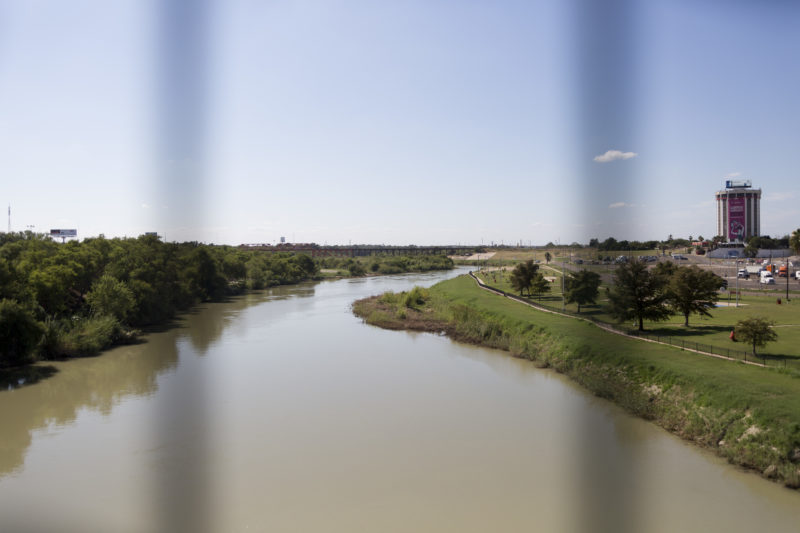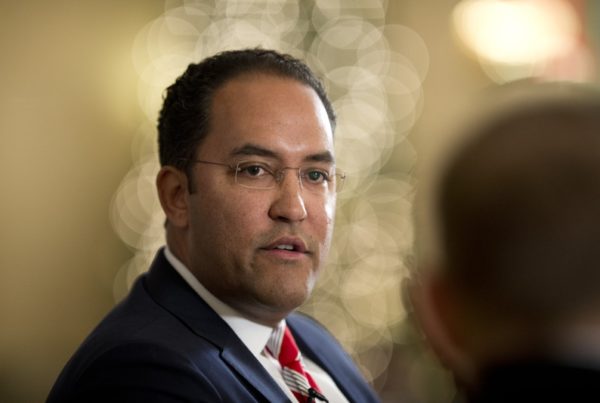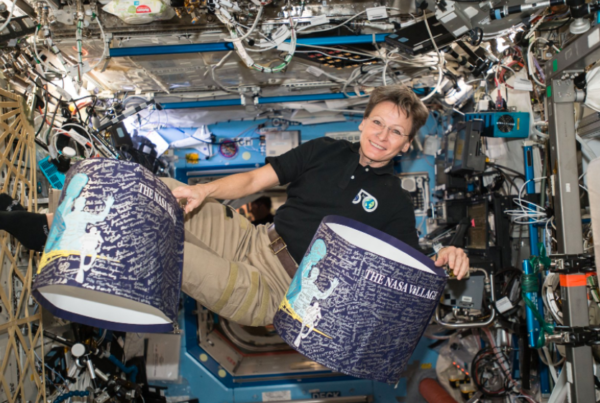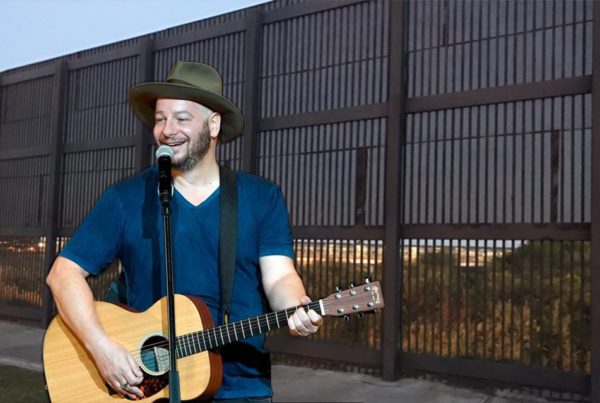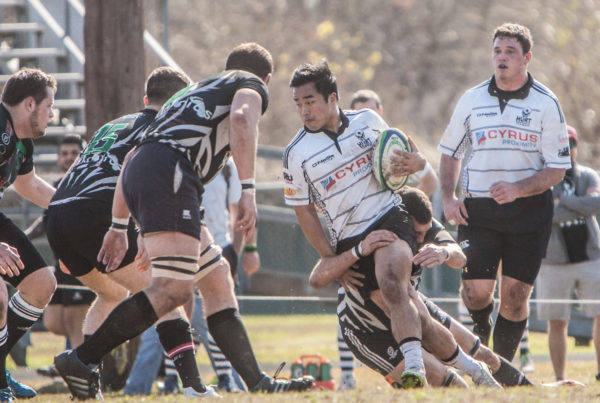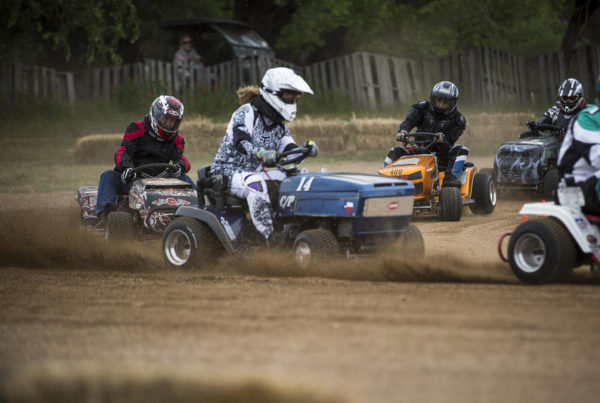Over the last several months, opponents of President Donald Trump’s plan for the expansion of a border wall with Mexico have listed innumerable reasons why they believe it’s a bad idea. And now there’s one new reason. Construction as planned may violate a 47-year-old boundary treaty between the two countries – an issue that could end up in an international court.
Texas-based NPR reporter John Burnett says Antonio Rascón, chief Mexican engineer on the International Boundary and Water Commission, came to NPR with the story.
The commission is both in Juarez, Mexico and El Paso, Texas, and is normally a quiet job about diplomacy and allocation of water, Burnett says. But Rascón told Burnett he was gravely concerned about what a concrete wall would do to the river, especially in the Rio Grande Valley.
“Mexico has been growing more and more alarmed as they see plans for Trump’s wall progress,” Burnett says. “In the west desert on the Arizona-Mexico border we have proven examples that border security fencing has clogged with debris and has caused very serious flooding in places. … These walls, when they get clogged with debris, act like a dam.”
A 1970 treaty signed by both countries says neither side can put an obstruction in the floodplain, unless both countries sign off.
“If both sides don’t agree, then it’s a treaty violation,” Burnett says. “This is absolutely a mutual treaty. And up to this point Antonio Rascón … said the U.S. has tried to accommodate us, but in the end they have gone on with the 670 miles of wall – much of which we have protested against.”
Rascón told Burnett that the U.S. has been repeatedly violating the treaty without a response to Mexico’s growing complaints. Until now, there’s been little pushback from Mexico, but it’s different now, Burnett says.
“Now we’re talking about expanding the wall in places where it hasn’t been built before,” he says.
The most controversial spot is in Starr County, Texas – about 100 miles up the Rio Grande River from the Gulf of Mexico. The area is a floodplain and it’s the next section planned for Trump’s border wall. Burnett reports there are already preliminary blueprints for about 10 miles of fence in this area, right in the middle of the floodplain.
U.S. Homeland Security engineers say the area won’t flood and the wall won’t be a problem, but Burnett says, Mexican engineers and city officials are concerned that the proposed wall would gather debris and cause flooding.
U.S. Border Patrol has long wanted a barrier in Starr County due to the large amount of human trafficking going on in the area.
“That’s why this has been a hotspot and a focal point for homeland security,” Burnett says. “This is not a hypothetical. I mean, [a border patrol chief] said this is one of the first places on the 2,000-mile border that we want to build this thing. If they put it in the floodplain, where all the engineering studies show it’s going , Mexico is gonna blow its top.”
Written by Beth Cortez-Neavel.


